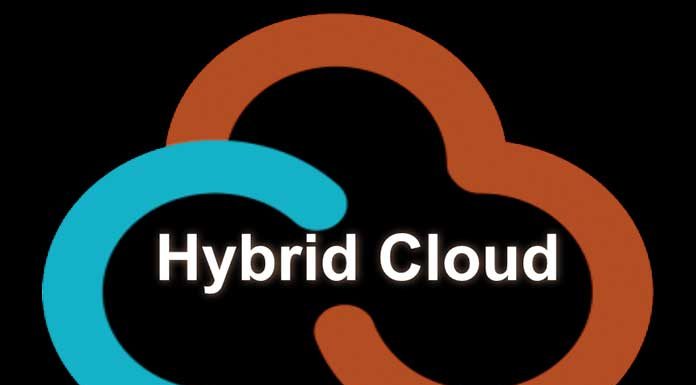You’ve heard of cloud computing, haven’t you? Also called cloud computing, this solution refers to providing computing services, such as storage, software, database, and others, over the internet, in the so-called “cloud.” This is a solution that is increasingly consolidated in the market, with many companies already taking advantage of the benefits of this technology as a means of optimizing their processes and raising the quality of the results achieved.
However, not everyone knows that there are different types of clouds, such as public, private and hybrid. The hybrid cloud is the combination of public and private cloud computing services. Due to the possibility of more significant movement of data and applications between the two environments, it has been gaining ground.
What Is The Hybrid Cloud?
To understand what a hybrid cloud is, it is first necessary to be clear about the other types of services it combines. That is, it is essential to know what a private cloud and a public cloud are.
A private cloud uses a private server for information storage, data, and software processing. This means you must have your company’s server, which is not shared with any other institution.
The public cloud is where the server is shared with other organizations and people. The company that provides the public cloud is the one that owns the server, and it is used to process all customer information.
It is worth remembering that this does not mean that, in the public cloud, your data is available to everyone. They are protected, and security systems allow only you to access the information entered in your cloud. However, the server is shared, which means that the same equipment is processing and storing the information of several people.
The hybrid cloud is, therefore, the mixture of these two types of cloud. This allows you to use your private server for specific activities and information and a public server for others.
How Does The Hybrid Cloud Work?
The adoption of a hybrid cloud arises from the need to process company data. Thus, sensitive and sensitive information — such as financial transactions, personal data, and critical and strategic services — can be handled privately and securely.
On the other hand, public and non-confidential services can be dealt with publicly and openly. This means that all data that requires more robust protection is safe from potential threats.
On the other hand, the company can take advantage of the benefits of public cloud computing services, such as cost savings and almost unlimited scalability.
What Is A Hybrid Cloud For?
The hybrid cloud aims to improve existing resources, favoring agility and economy in companies. This technology is critical to data confidentiality in the private cloud while adding faster processing, bandwidth, and storage in public solutions.
The use of local, comprehensive, or private area networks (LAN, WAN, and VPN, respectively) connect different computers. In this way, private and public clouds can function as part of a hybrid cloud.
With management software, it is possible to allocate the necessary resources in an environment where these applications will be executed and then provisioned with the help of an authentication system.
Therefore, it is easier to define cloud computing in a hybrid cloud based on its capabilities, such as:
- Connecting different machines on a network
- Consolidation of IT resources
- Horizontal scaling
- Migration of workloads between environments
What Are The Advantages Of A Hybrid Cloud?
Relying on the hybrid cloud is critical for companies to better cope with a growing computing and processing demand beyond on-premises resources and datacenters. Due to its characteristics, the hybrid cloud brings excellent results in terms of the time needed to install and manage servers — in addition to having a much lower cost.
Its high flexibility is critical for companies that experience peaks in demand. It is possible to run the workload through private clouds and use the public cloud only when there is peak usage. A hybrid cloud is a cost-effective alternative for organizations to access sensitive data and keep confidential information in a completely secure environment.
How To Implement A Hybrid Cloud In The Enterprise?
Now that you know what a hybrid cloud is and its advantages, it’s time to understand how to implement this solution in your company. See some tips!
Understand Your Needs
The first step in implementing a hybrid cloud is to be clear about your primary cloud computing needs. Therefore, analyze your company to identify what data types will be stored, software, and necessary adaptations. From this, it is possible to understand the best hybrid cloud solution.
Prepare The Team And Software
To carry out the migration with peace of mind, preparing the team to deal with the new way of working is essential. In addition, it is also vital to prepare applications and software for use in the hybrid cloud.
Therefore, train the team, teaching employees to use the technology implemented. Also, understand what changes are needed in the software to run on the hybrid cloud without significant problems.
Think About Security
Finally, it is worth remembering that security must be one of the priorities when it comes to data and information. Therefore, even before you migrate, you must plan all necessary security settings to prevent data from getting lost in the process or falling into the hands of malicious people.
The company hired to implement the hybrid cloud can be your greatest ally at this time. Talk to consultants and try to understand what security settings are necessary for your company’s reality and implement them from the moment of data migration.
Also Read: How Does Cloud Computing Work And Why Is It So Important?


